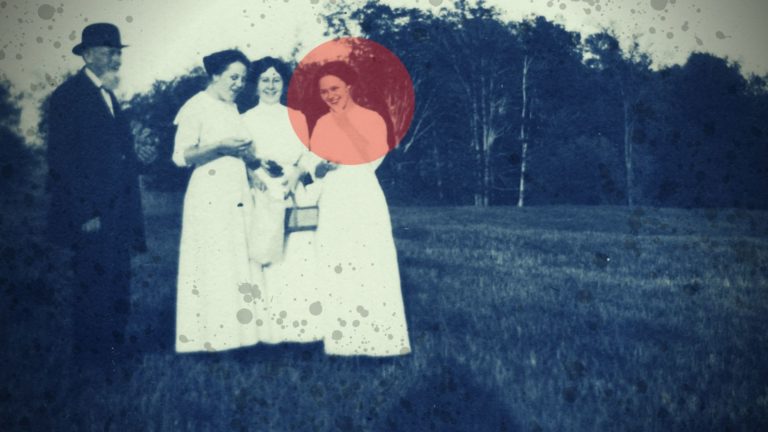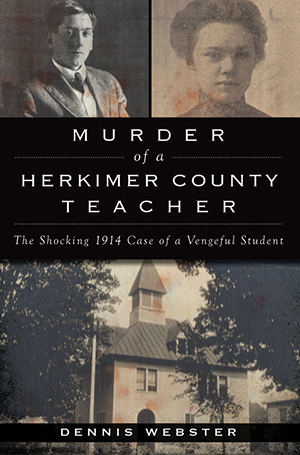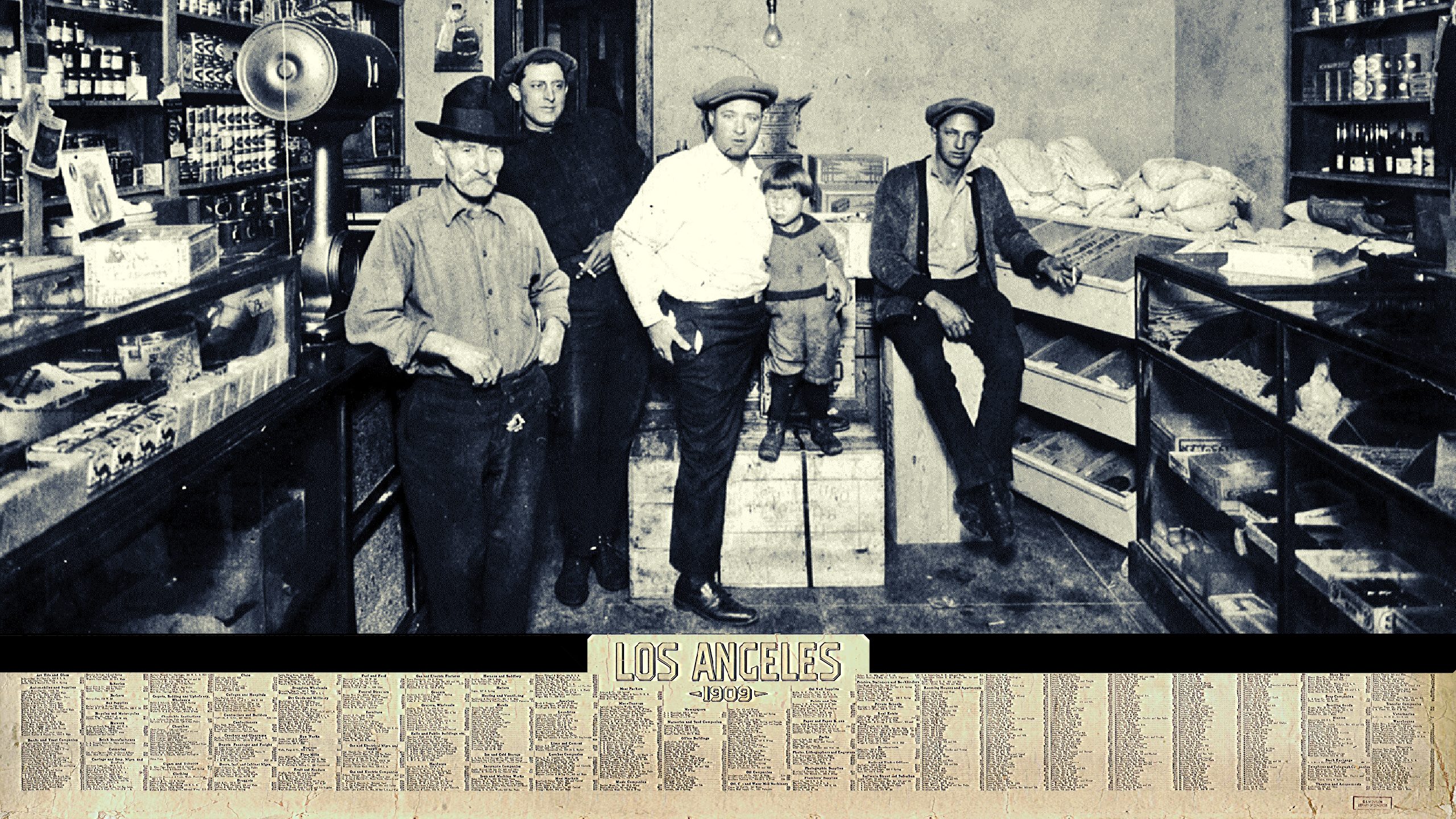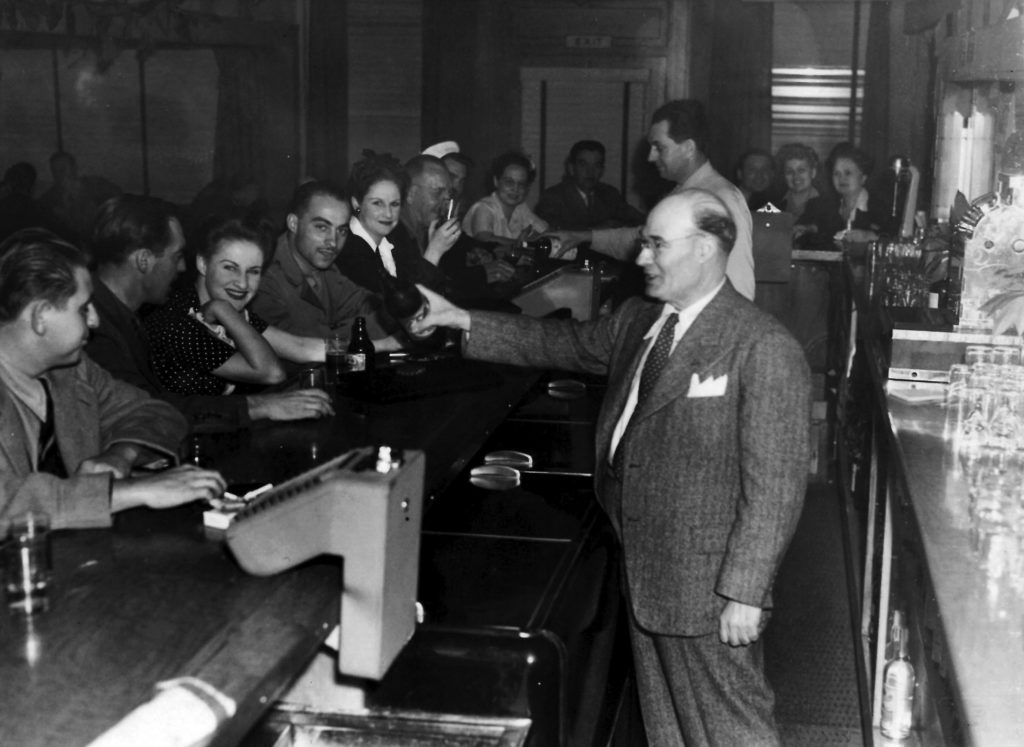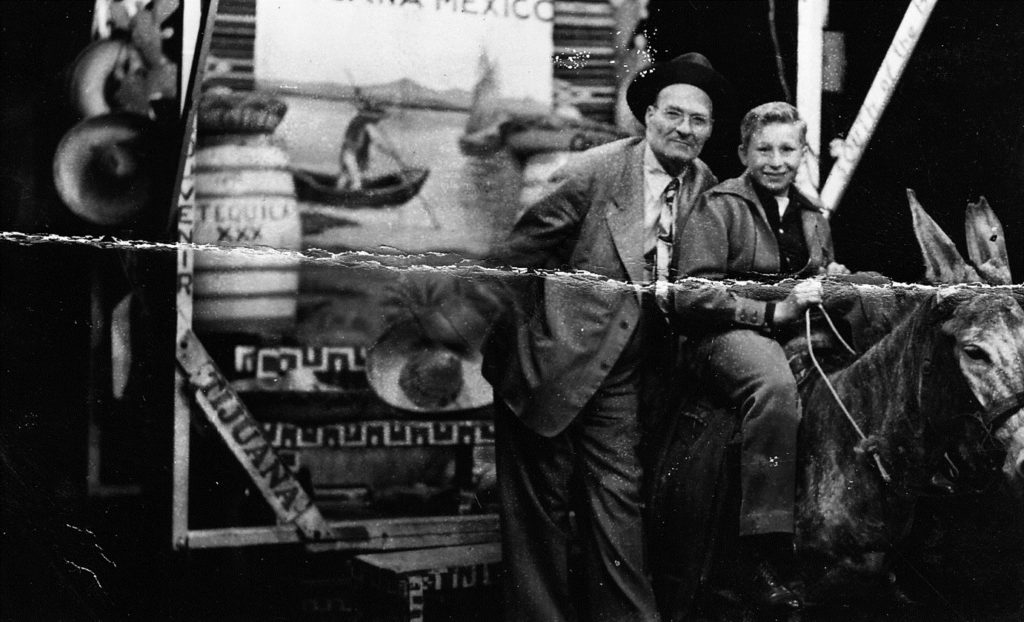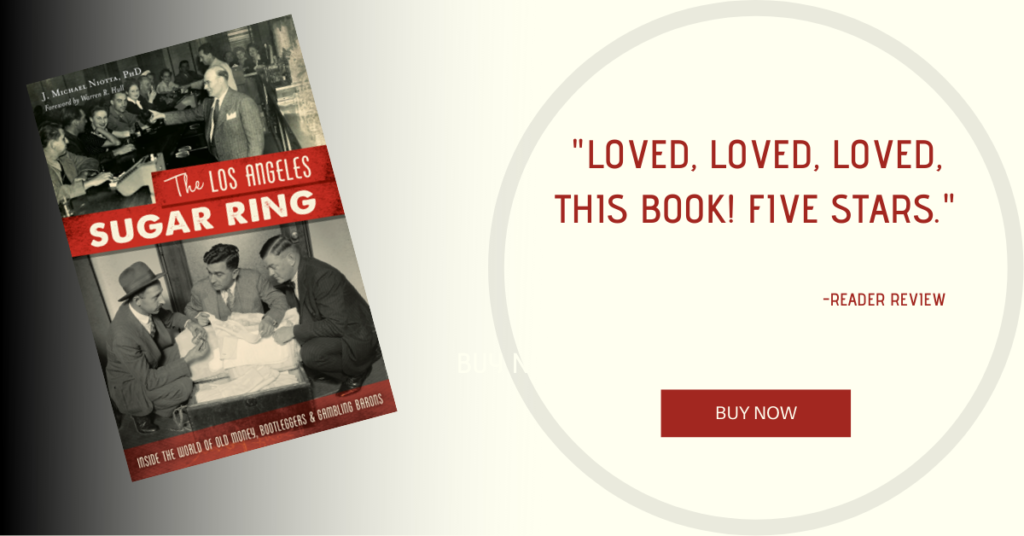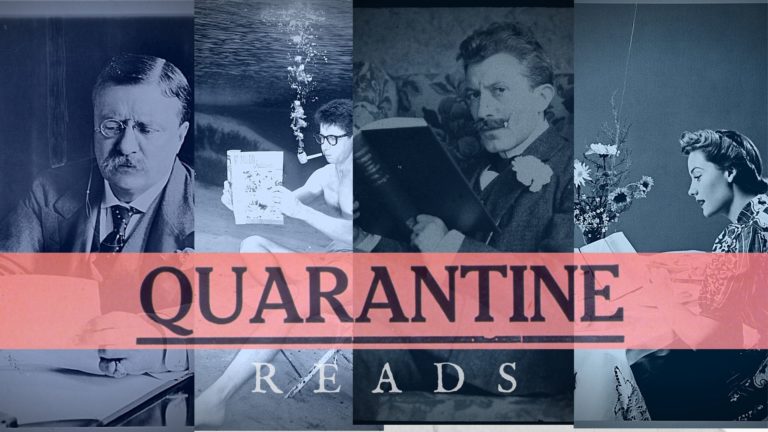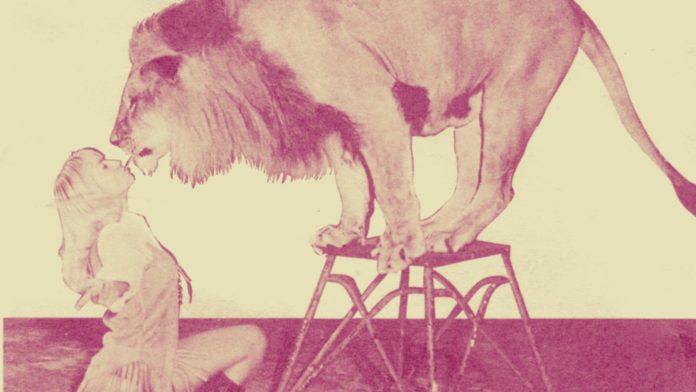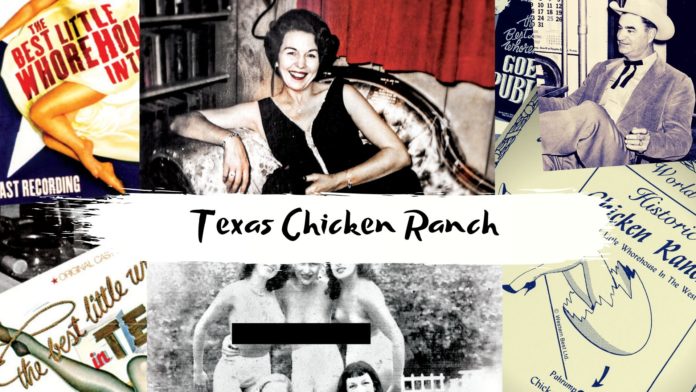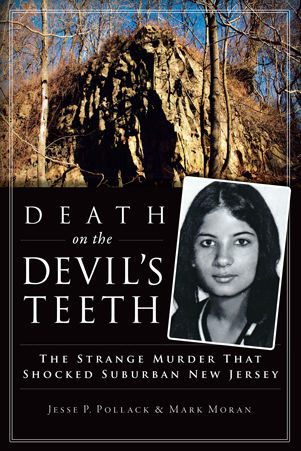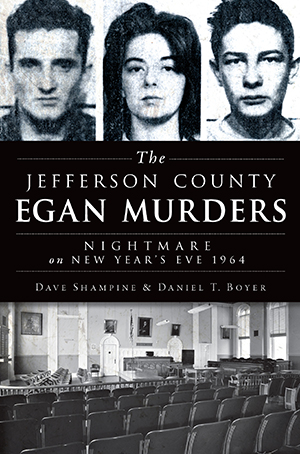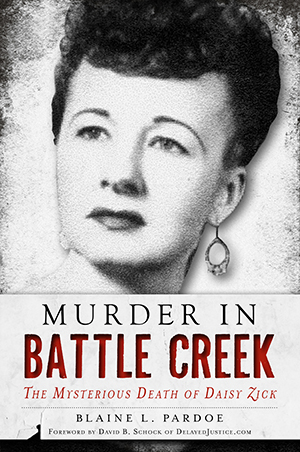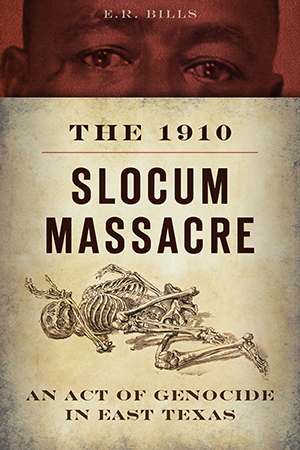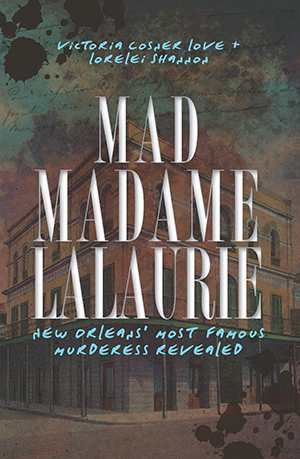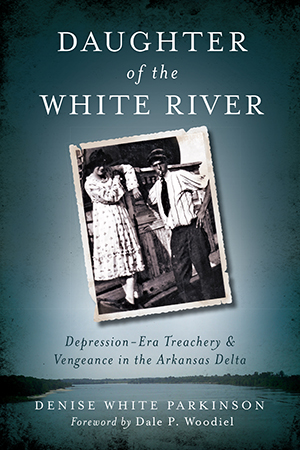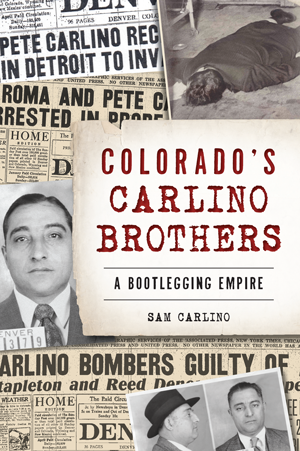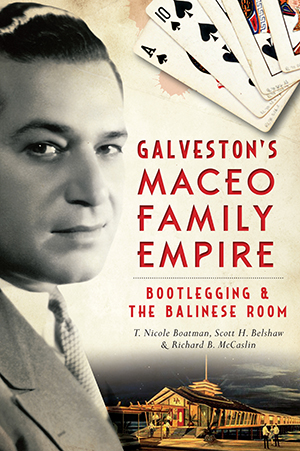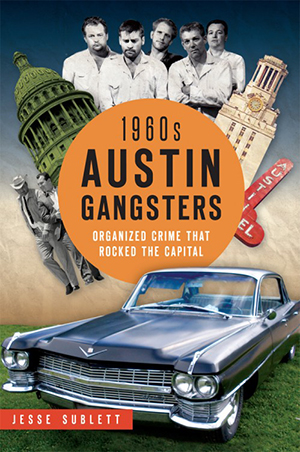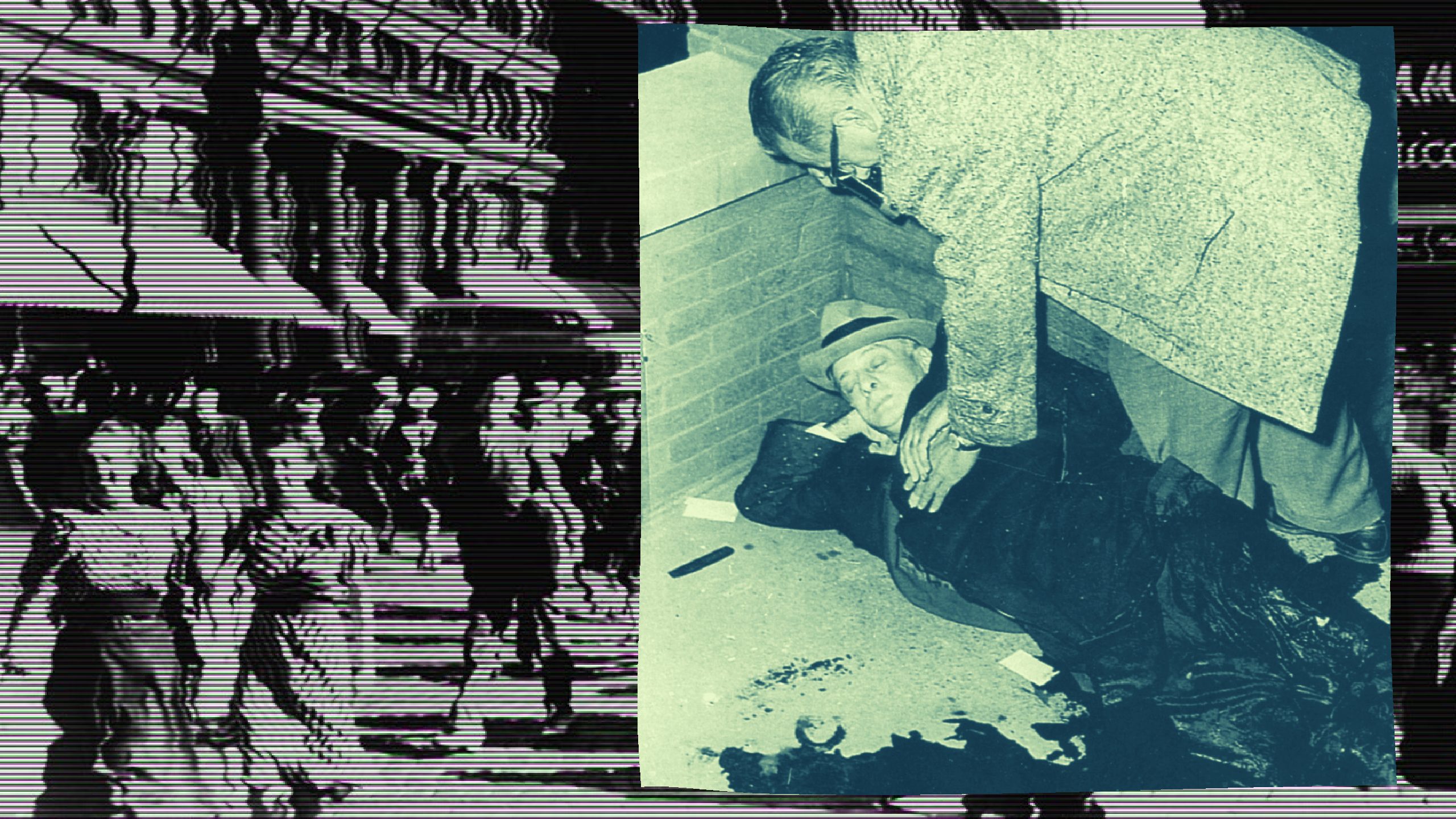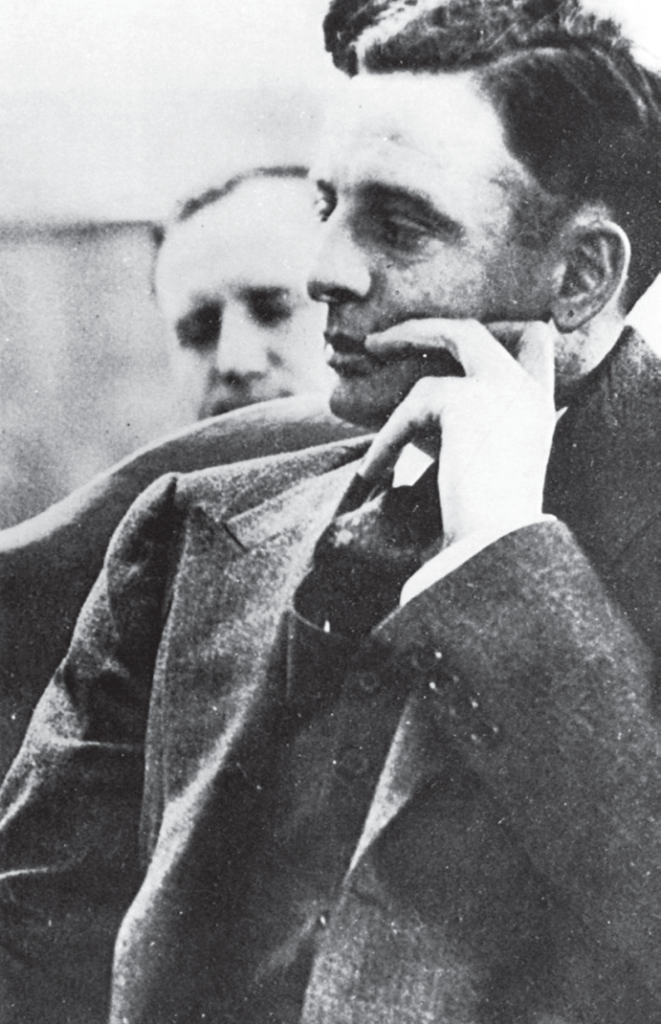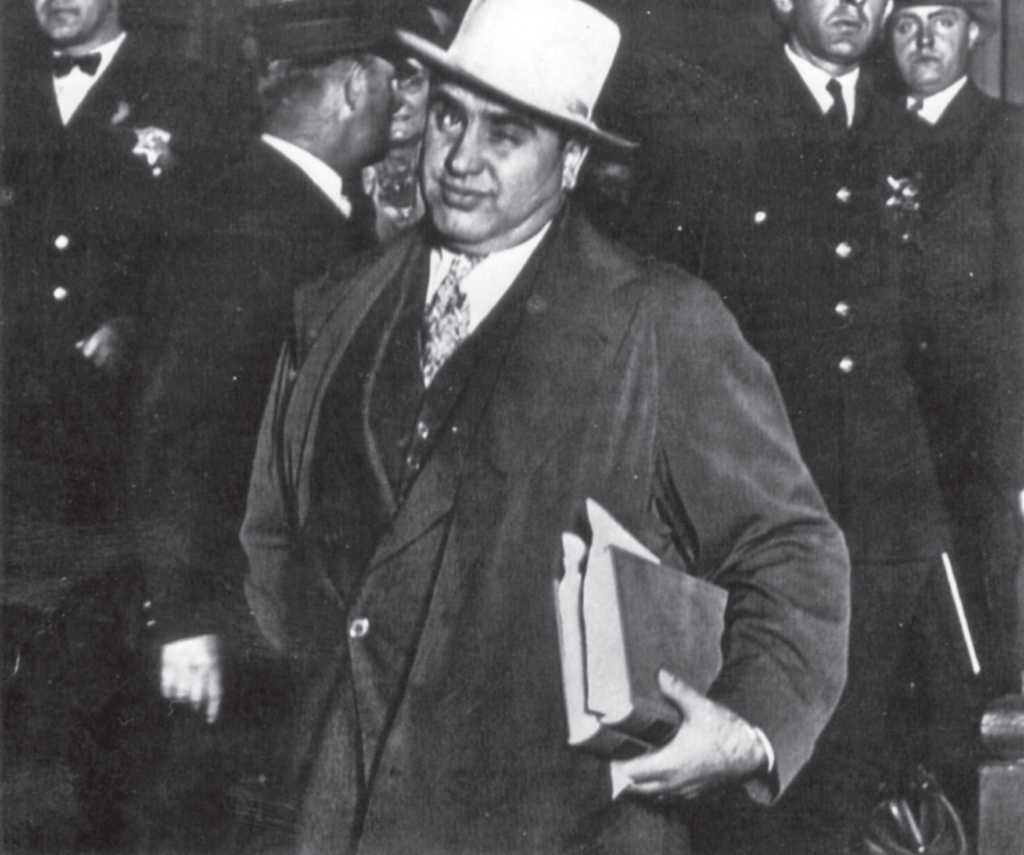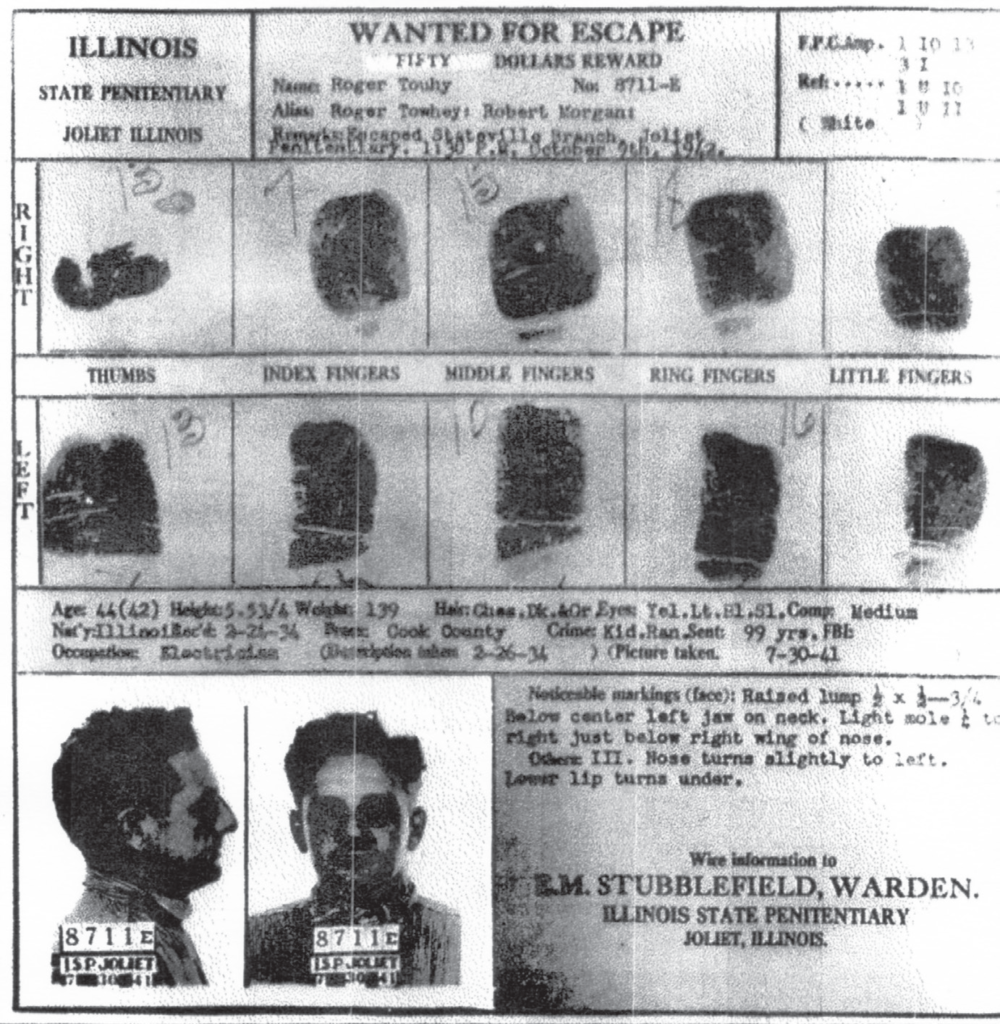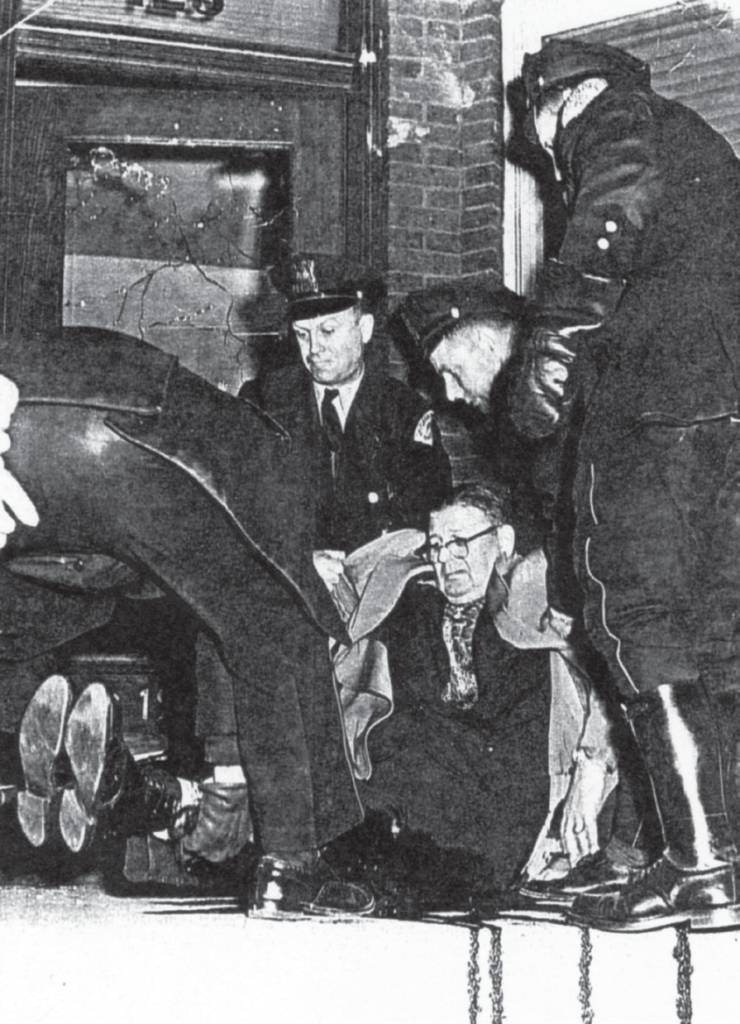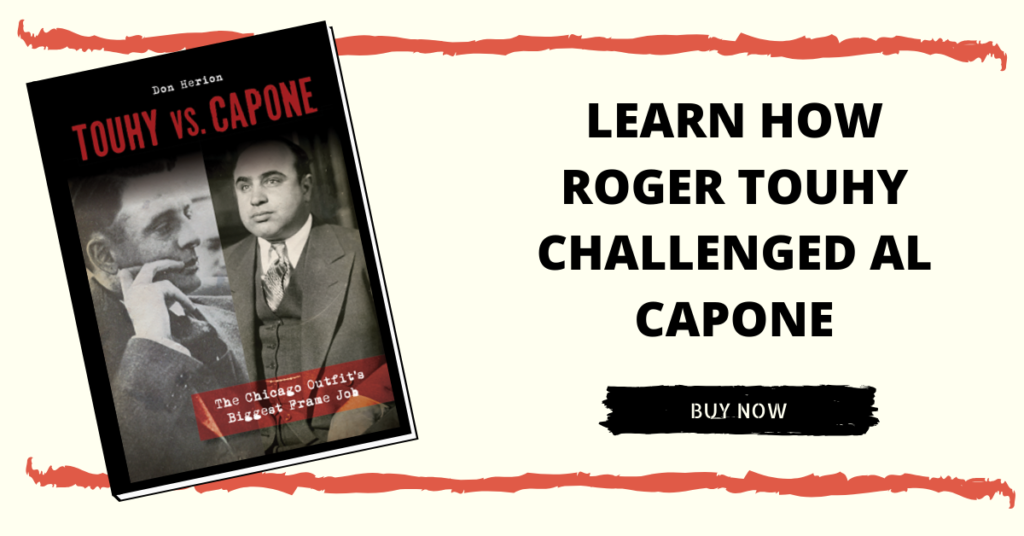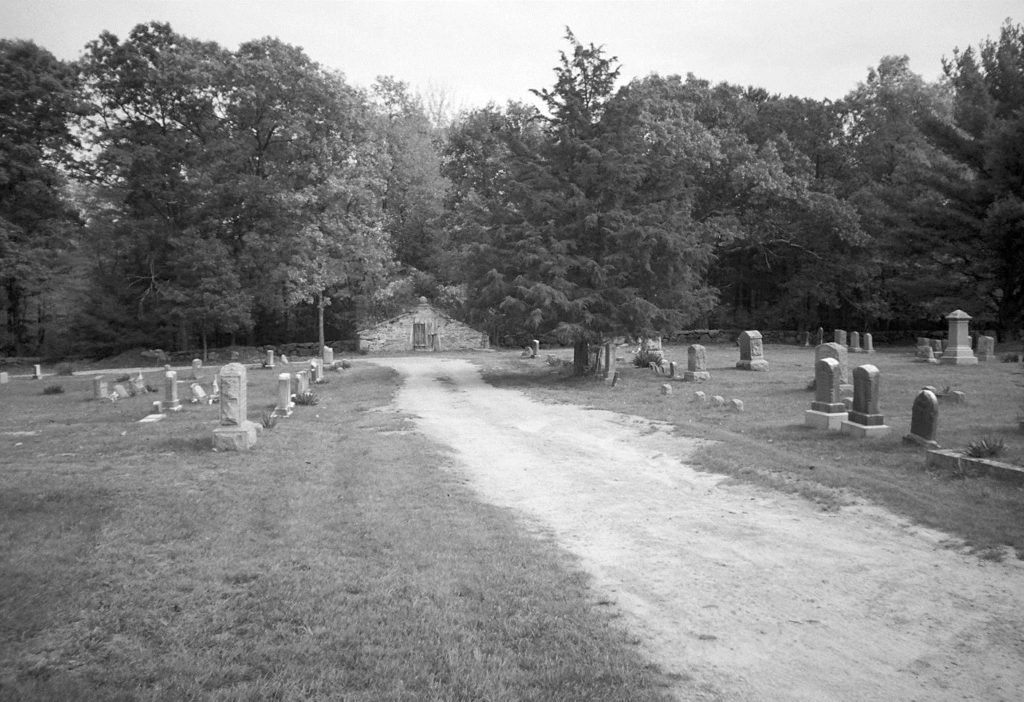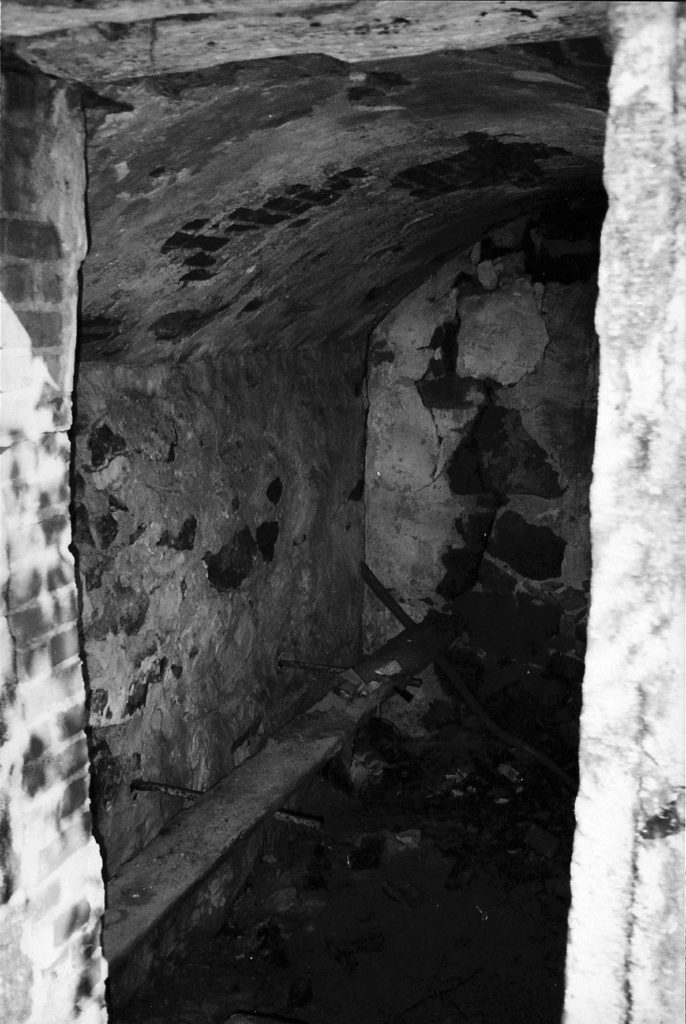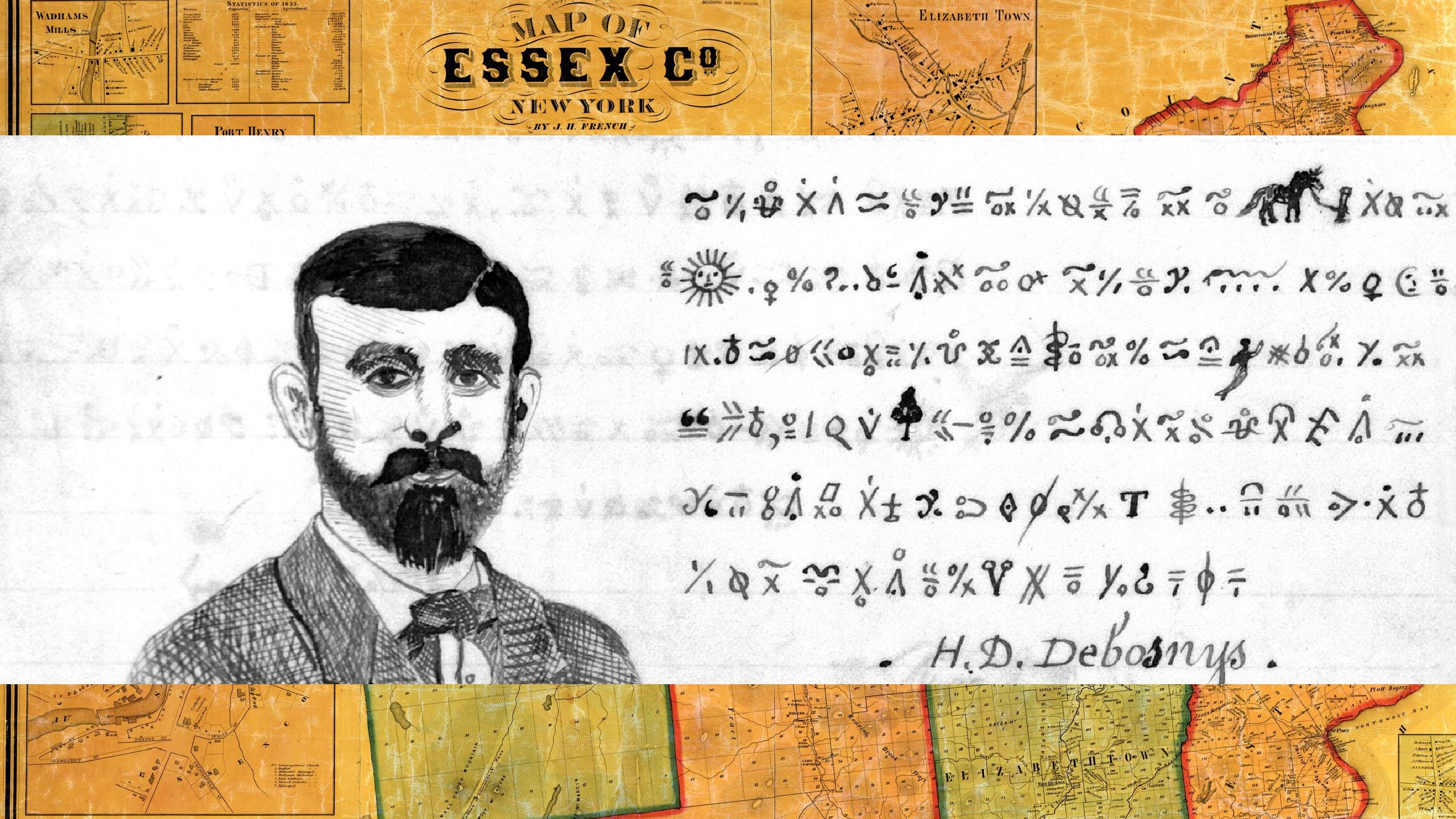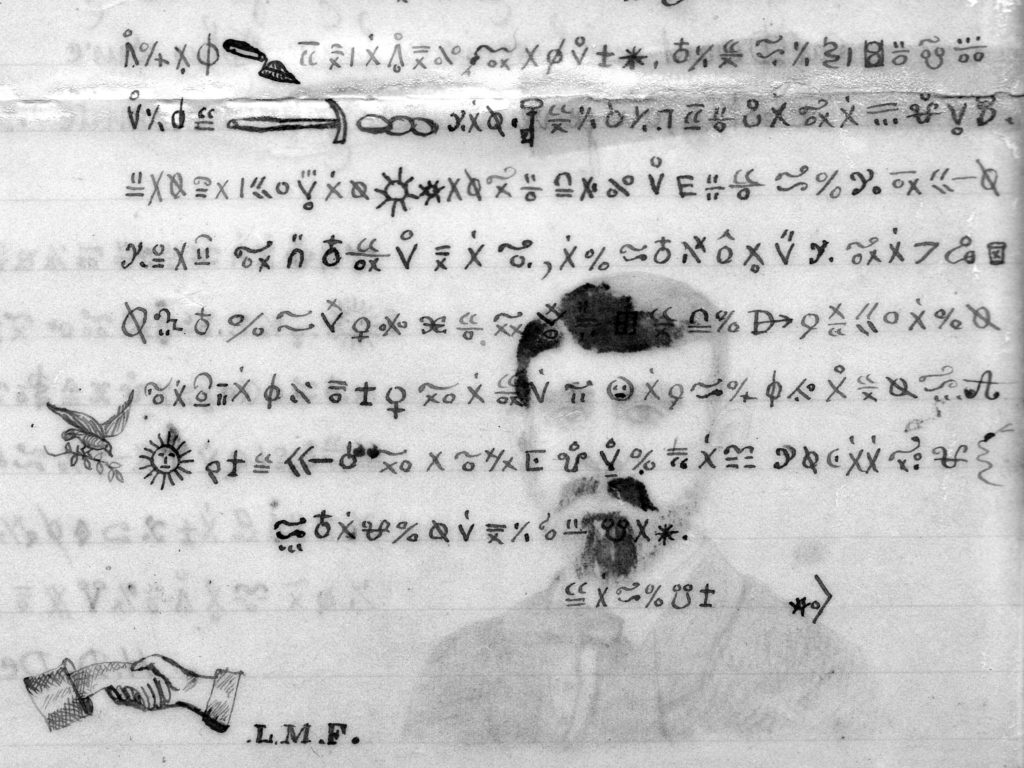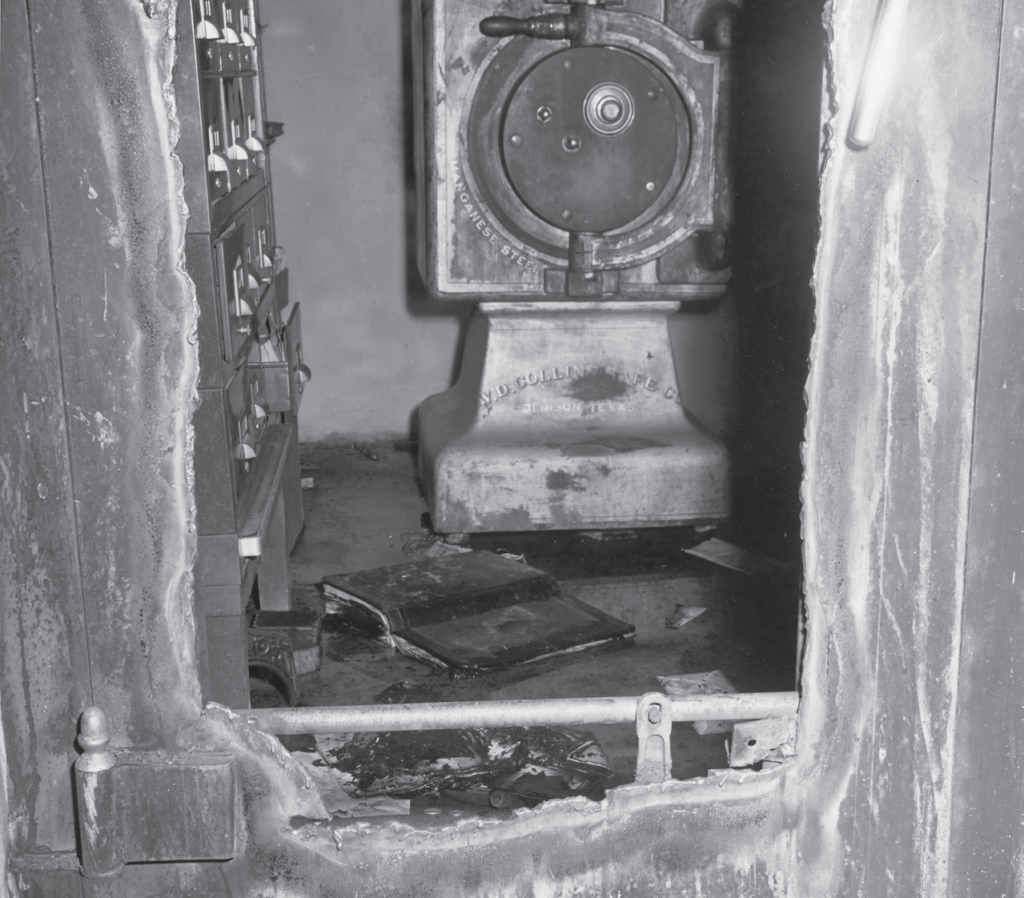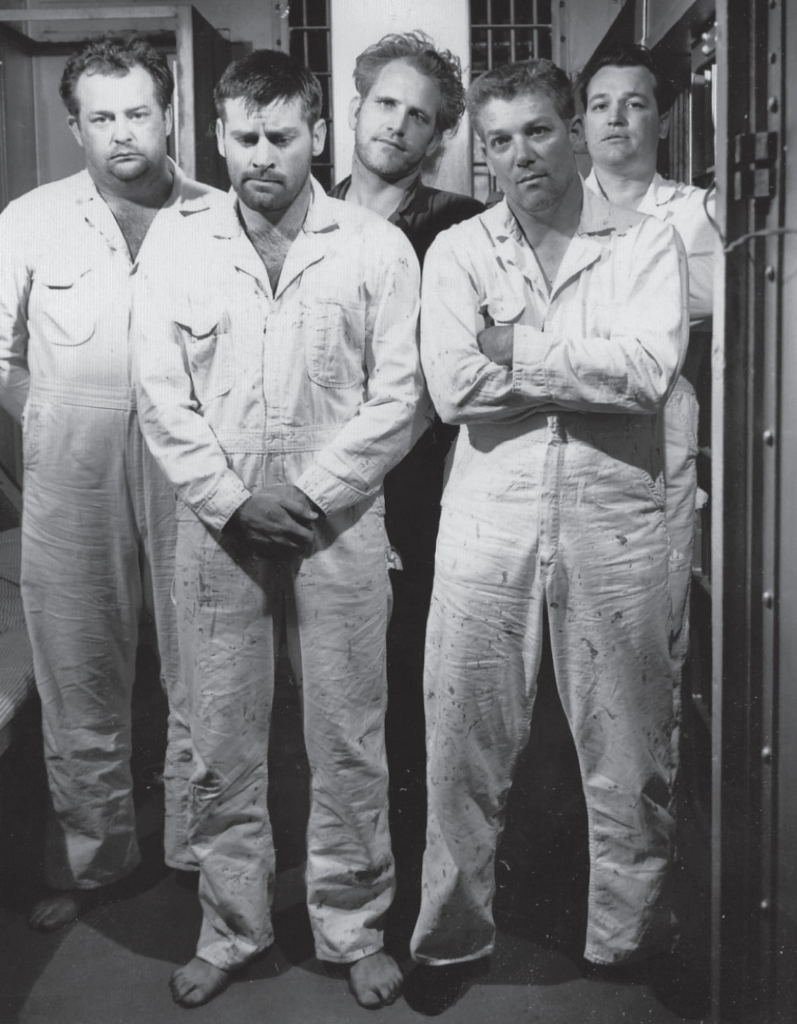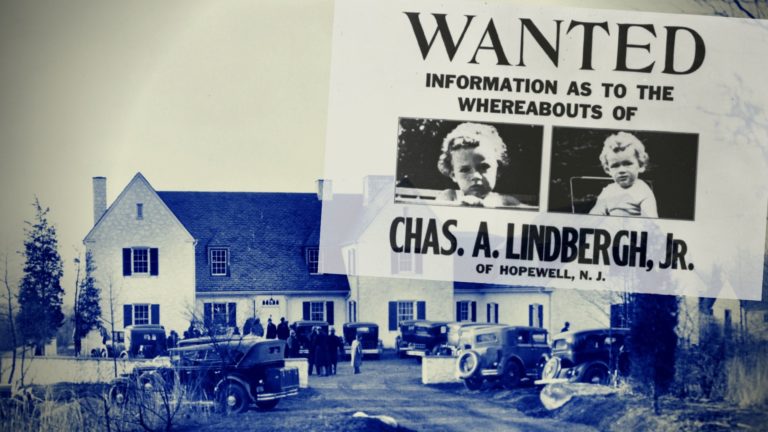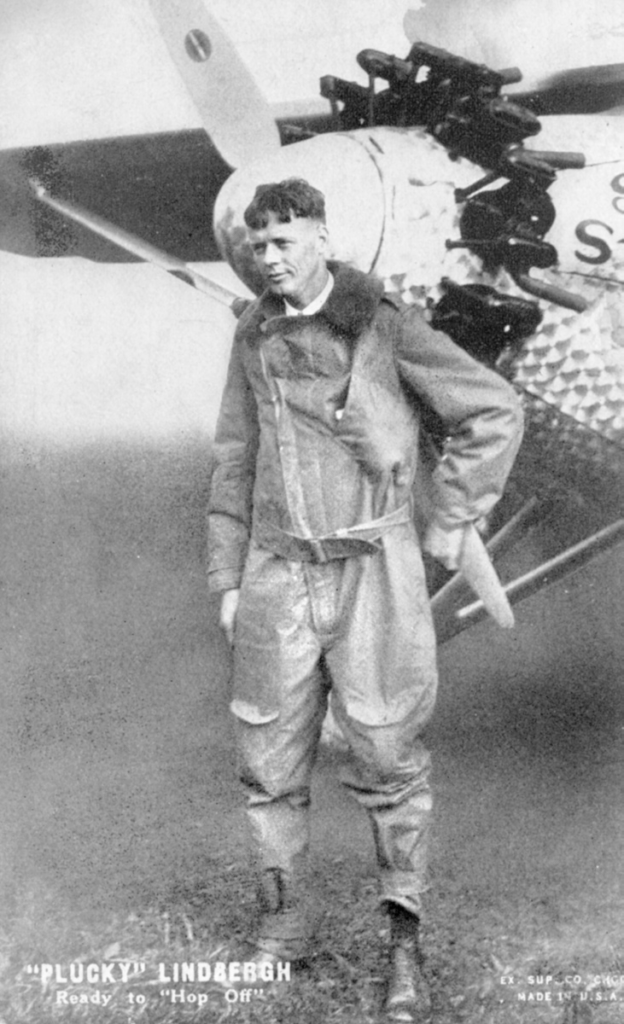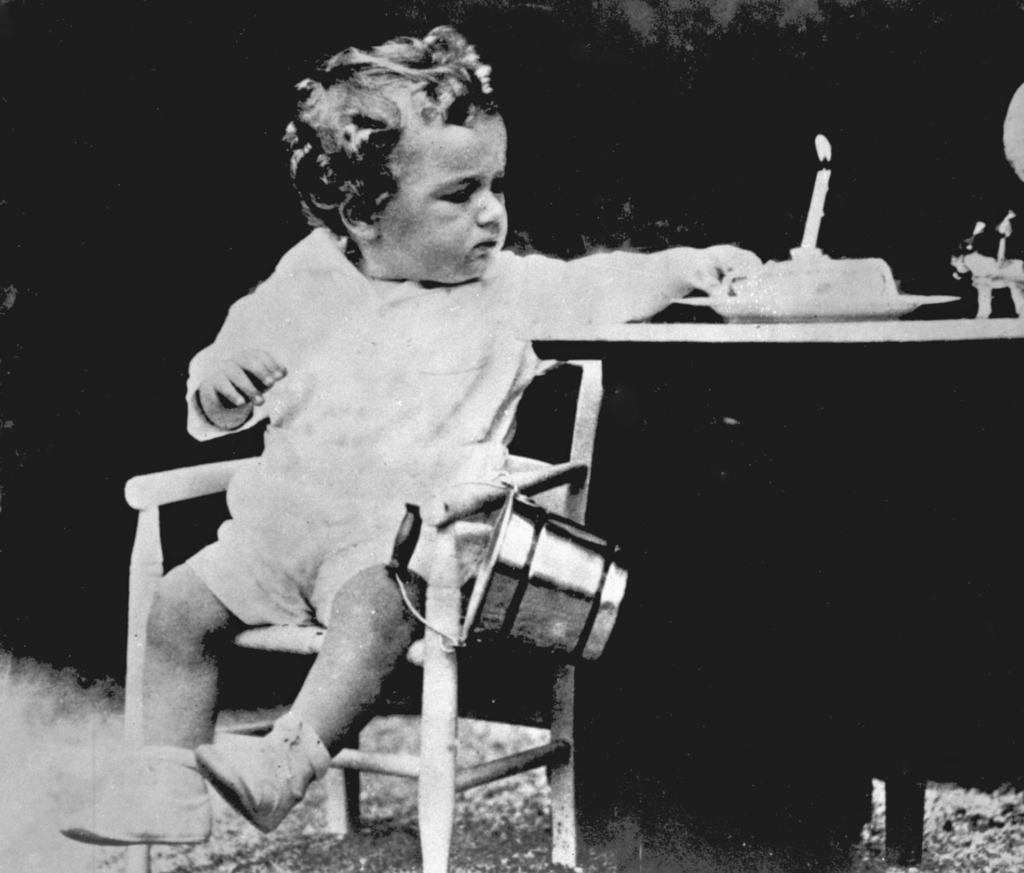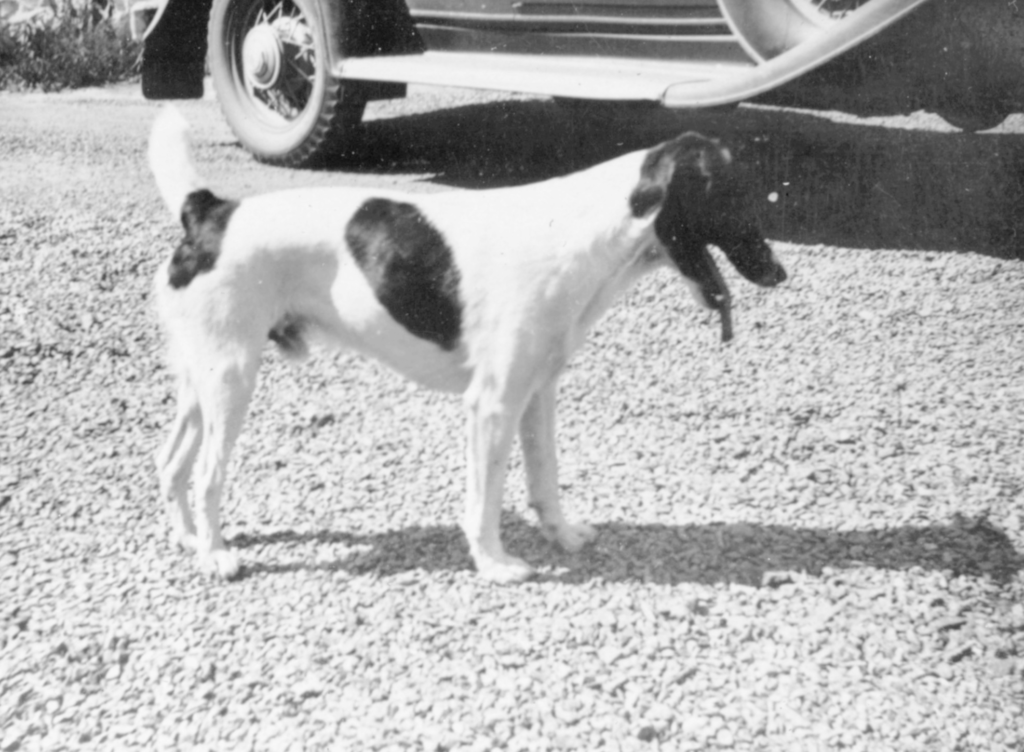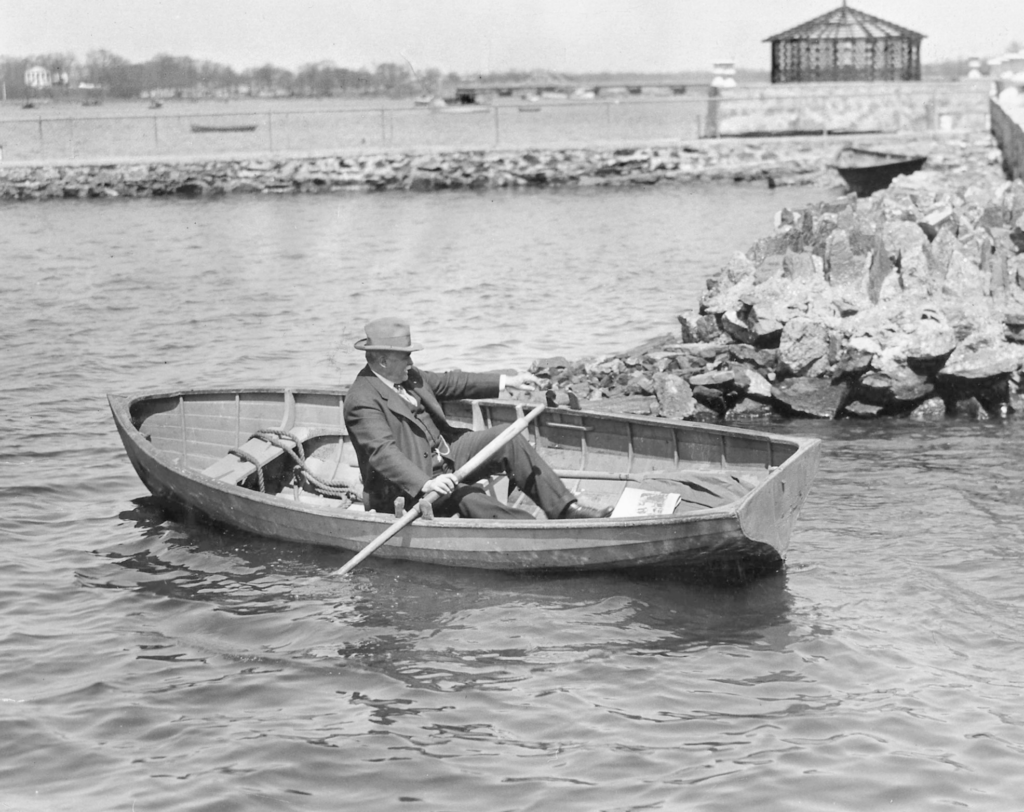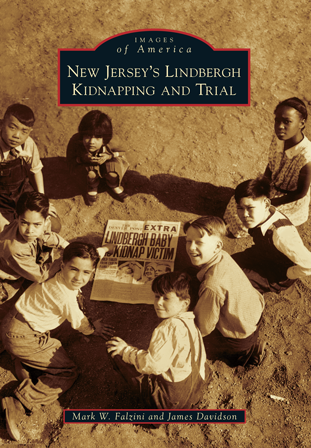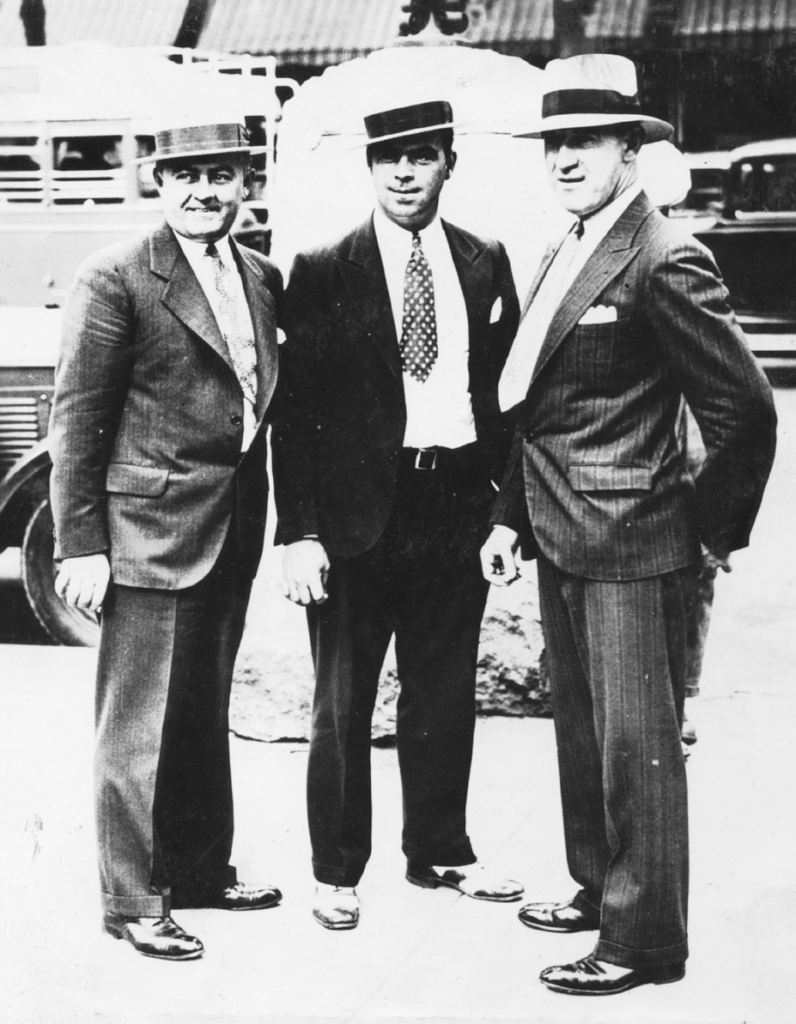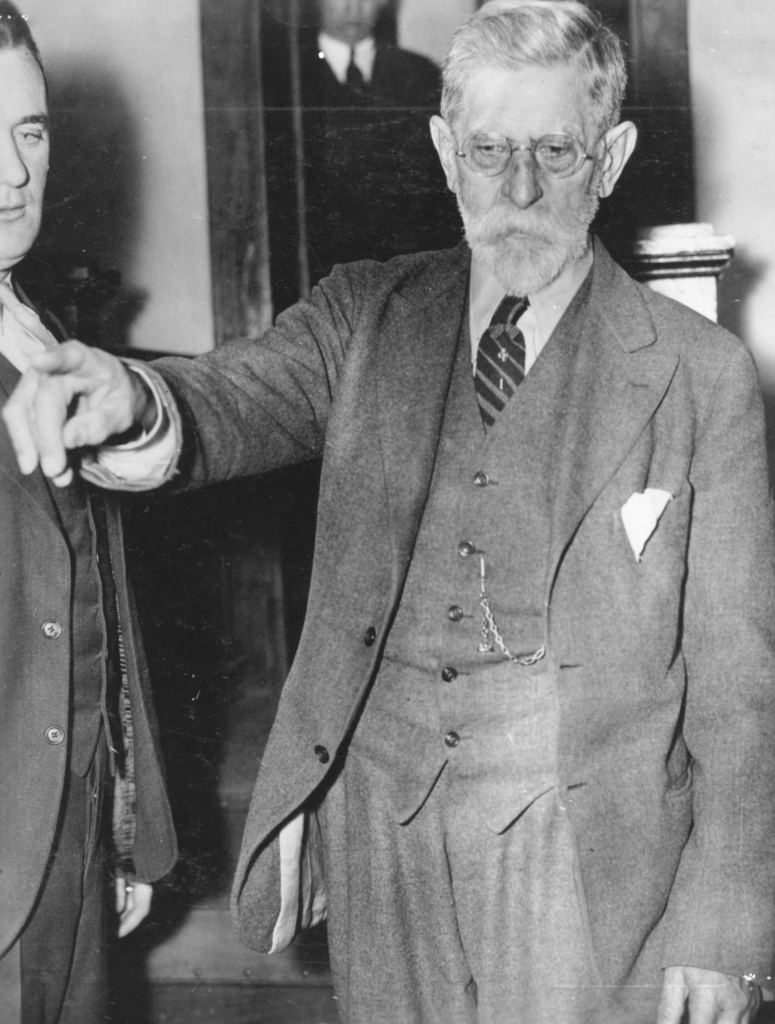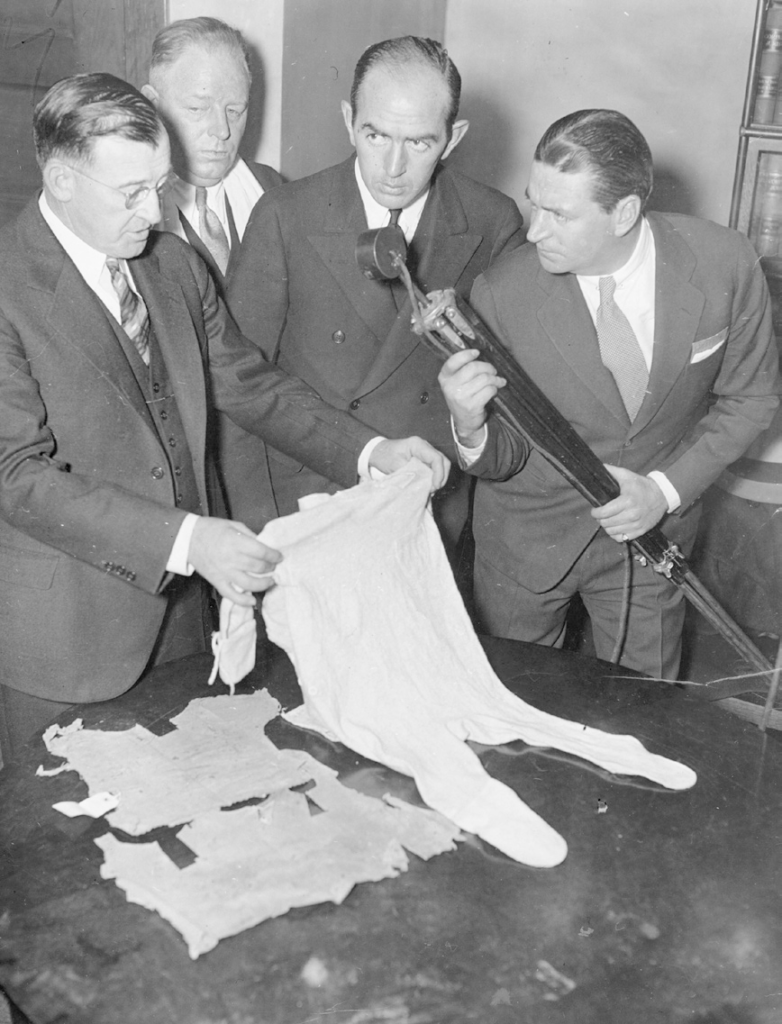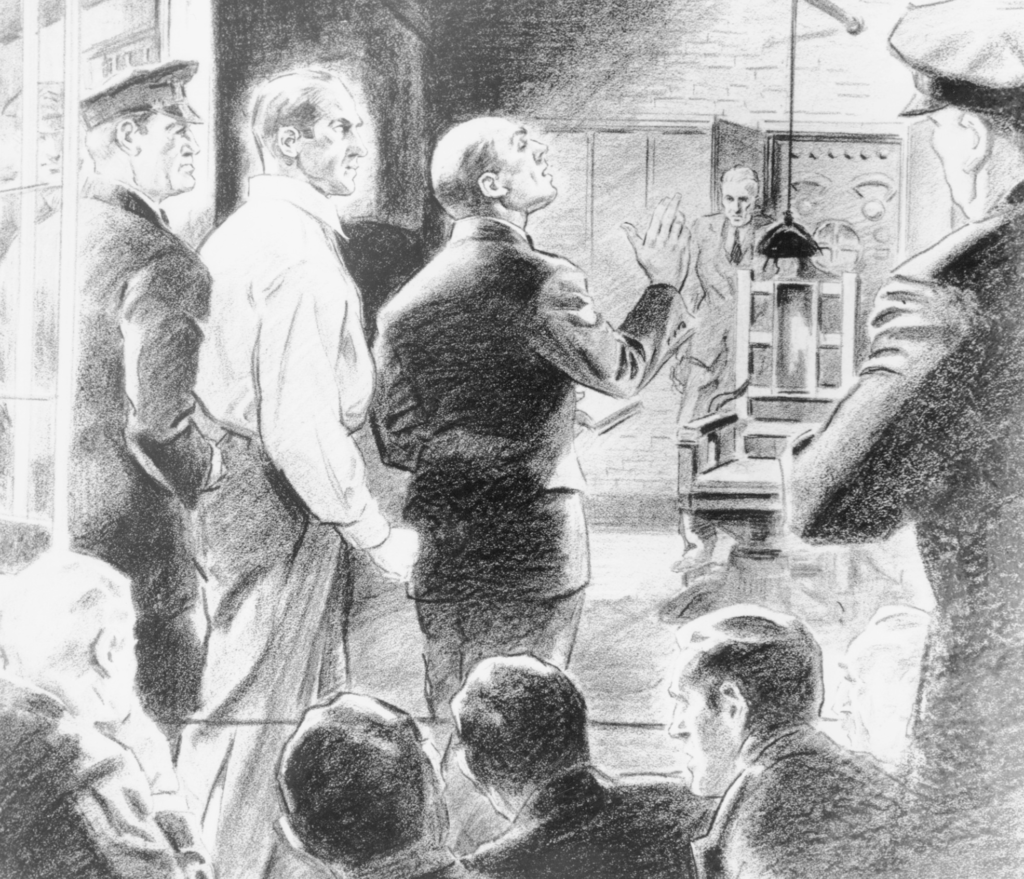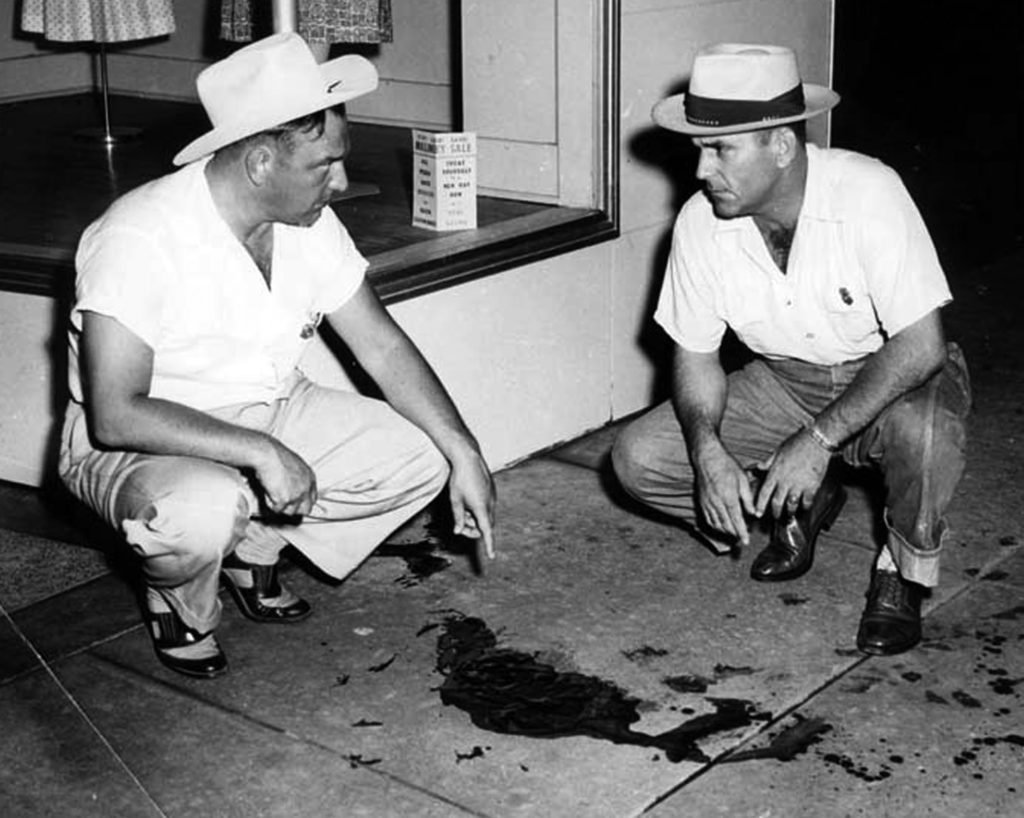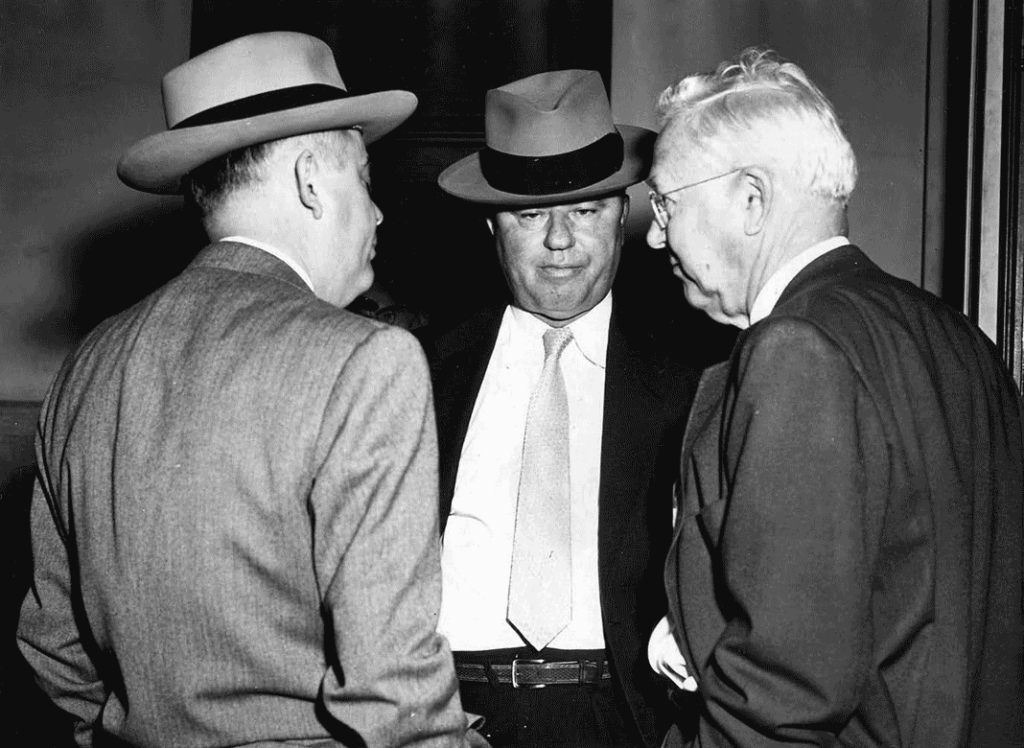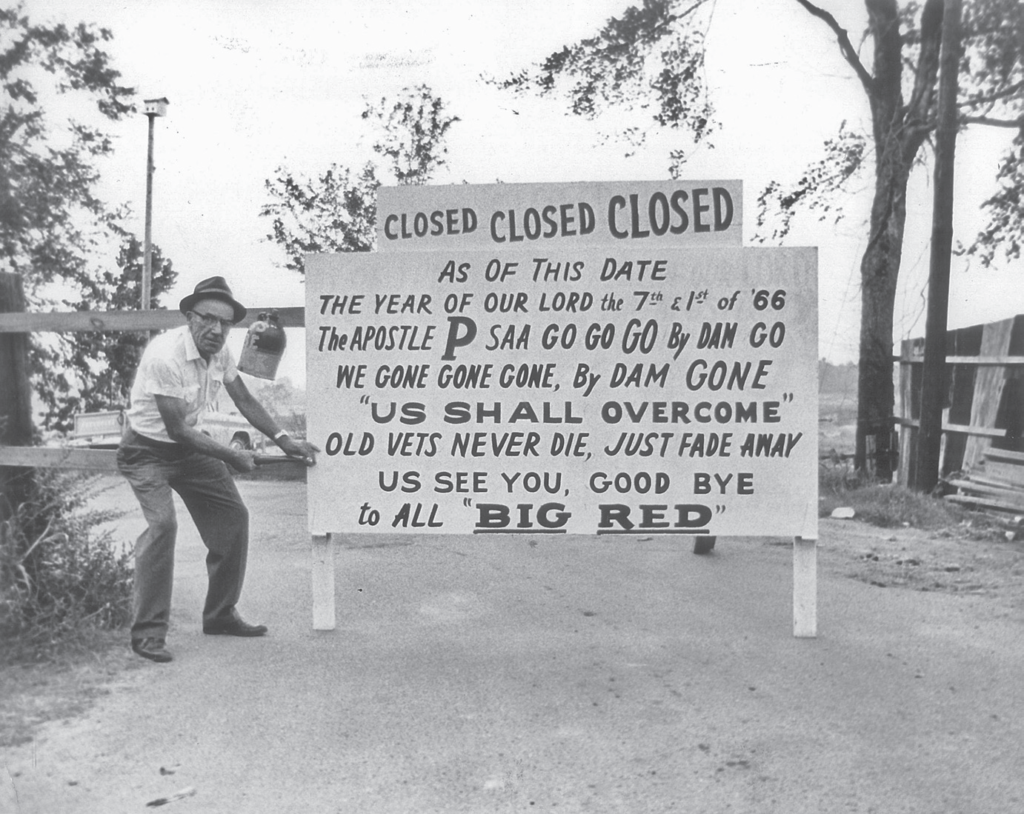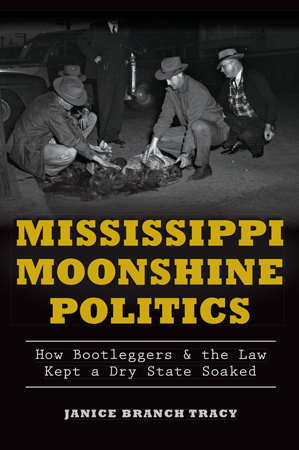Called the Camp Creek Crash, this ghastly accident took the lives of nearly forty souls. But who was responsible? Remarkably, according to historian and professor Jeffery Wells, some speculation lies not on the men operating the train but on the train itself.

We may jest about the dark-and-stormy aspect of that evening, but as Wells makes clear in his book The Camp Creek Train Crash of 1900: In Atlanta or in Hell, for early American railroads, bad weather was deadly serious. That month, record rains had swollen all the waterways in and around McDonough, Georgia, a small town on the Southern Railway Company’s line. When Old Engine #7 stopped at the McDonough depot on June 23 on the way from Macon to Atlanta, its engineers were facing a blinding rainstorm, and had no idea that the bridge ahead of them was already compromised.

Examining newspaper accounts, survivor testimonies, eyewitness reports, and more, Wells reconstructs the events that led up to the disaster, particularly the way that rushing waters in the creek eroded the earthen bulwarks that held up the Camp Creek Bridge. With no more foundation to support it, the bridge buckled almost as soon as Old Engine #7 crossed it, plunging directly into the raging floodwaters, resulting in the drowning, suffocation, and the burning alive of all but ten or eleven of its passengers and crew. With visibility at zero thanks to the storm, there would have been no way at all to prevent it. But thanks to the heroism of crewmember J.J. Quinlan and others who climbed out of the wreckage and raced to get help despite being injured, countless lives were saved.
Heroes of the crash: learn more about the survivors’ daring rescues
But curiously, Wells notes, while there was plenty of blame (and litigation) to go around regarding the maintenance of the bridge and the culvert, questions also arose about the engine. Wells:
“The engine was put into service in 1888 by the Southern Railway Company. That year, the train claimed its first victims between the towns of Knoxville and Lenoir, Tennessee. It plowed into a farm wagon on the tracks and killed three people. Ten years later, in 1897, the same engine took another nine lives when it hit a covered wagon carrying members of a local family named Woodward near the city of Avondale, right outside of Chattanooga, Tennessee. … [Afterward,] the engine was renumbered 851. Apparently, the new number did nothing to stop the death spree, for in 1898, the locomotive made its first dive into a river. According to reports in the Atlanta Constitution in July 1900, the rechristened locomotive crashed into a chasm of over sixty feet and landed in the Etowah River. The freight cars attached to the engine caught fire and were destroyed, along with a great deal of freight.”
Not only did Old #7 have a habit of killing innocent bystanders, it also seemed to have a taste for the blood of its crew: “The first engineer who drove the 846, John Ramsey, met an untimely demise when he was scalded to death in an accident stemming from his work on the engine. As if that were not enough, the second engineer, Abe Laird, died of typhoid fever during the summer of 1899, just one year prior to the accident at Camp Creek and one year after the wreck at the Etowah River.”
We’re no experts, but this is either the unluckiest engine in the history of American rail, or there’s something else going on. After all, some folks claim that McDonogh is now haunted as a result. We’ll leave you to draw your own conclusions—Wells’ account goes into far more detail about the history of the area, the rail line, and the events of that night, and offers an unparalleled view into what many call “Georgia’s Titanic.” But until then, thank your own lucky stars for one thing: should you happen to visit McDonough and see the Old #7 Engine currently on display in Heritage Park, go ahead and breathe a great big sigh of relief.
Killer death train thirsting for its next ride? Thankfully not—this one is just a replica.




